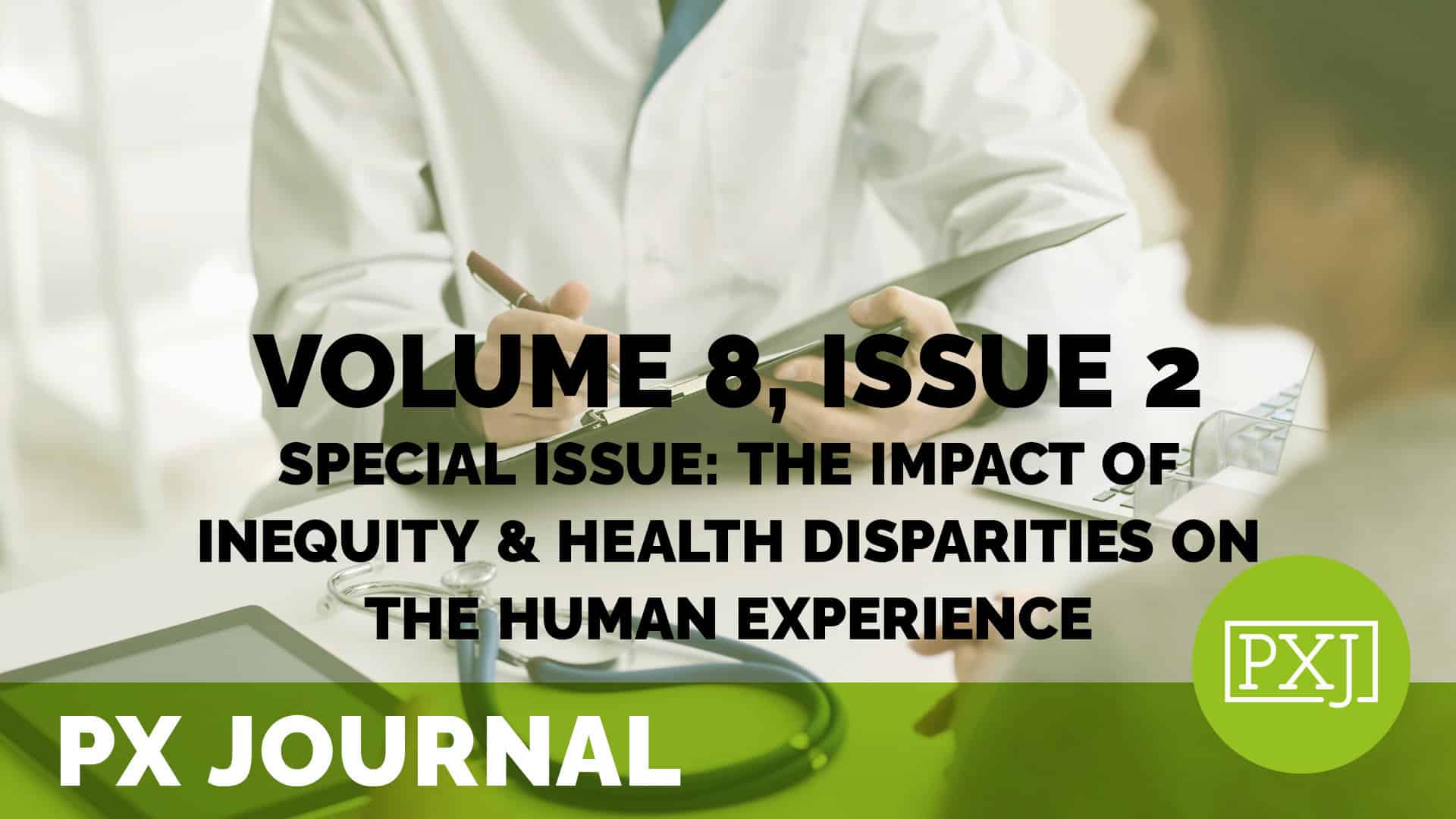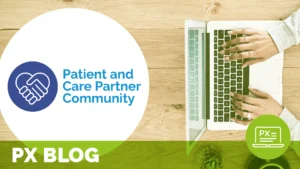I See What You Do: A patient’s view of equity

As a Black woman and a patient, the author describes what it is like navigating healthcare as a person of color in the U.S. Fully aware of the disparities that exist in healthcare, she shares her personal roadmap for assessing equity as a patient searching for a new provider. In the absence of standardized ways to assess equitable outcomes, she has created her own metrics and uses them to draw her own conclusions. From her experience as a Patient and Family Advisor, the author provides clues for assessing diversity within healthcare organizations. Imagining a new existence in healthcare, the author calls for organizations to look inside at their practices and policies to do this new thing called equity. A transformed healthcare system can become a reality but only in those organizations where “what you do” matches “what you say.”
Related content
-
 Patient Family & Community Engagement
Patient Family & Community EngagementA Qualitative Study Patients Expectations of Private Hospitals
Objectives: This study was conducted to explore patients’ expectations and perceptions of private healthcare facilities, understand the key factors influencing their choice of such facilities, also identify elements that enhance patient satisfaction and loyalty, enabling the development of actionable recommendations to improve patient-centered care in private healthcare settings. Method: A qualitative study using thematic analysis
Learn more -
 Patient Family & Community Engagement
Patient Family & Community EngagementMy Life, My Story and Life Recovery among Veterans with Substance Use Problems
The United States Veterans Health Administration My Life, My Story (MLMS) program is a patient-centered care intervention where veterans are interviewed about their life story and may grant permission to include it in their electronic health record (EHR). Our purpose was to focus on a sample of MLMS narratives from veterans with self-disclosed substance use
Learn more -
 Patient Family & Community Engagement
Patient Family & Community EngagementHope for Healthcare
Members of The Beryl Institute’s Global Patient and Family Advisory Board wish you happy holidays. As 2024 draws to a close, we asked our members to jot down their hopes for healthcare as we welcome the upcoming new year. Tony Serge: My hope for healthcare is for leadership, providers, and staff to work together with
Learn more
